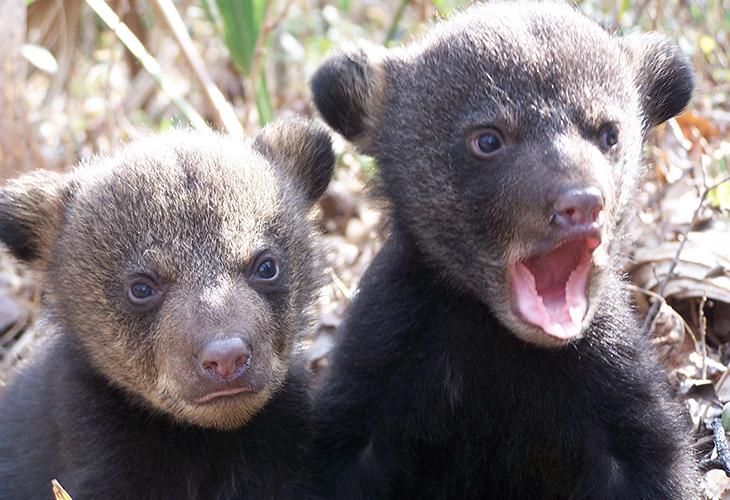Louisiana’s Bears Are Making a Comeback
The state thinks the bears are doing well enough to merit removal from protected status. Others disagree
/https://tf-cmsv2-smithsonianmag-media.s3.amazonaws.com/filer/99/df/99df3cab-47aa-4a5b-a014-2131a98c1f5f/usdablackbear.jpg)
Twenty-three years ago, just 600 black bears remained in Louisiana. Today, that number has risen to close 1,000 bears across four breeding populations — and the bears have a good chance of maintaining this growth. And now, some government officials feel the progress is sufficient to remove the species from the endangered species list, the Associated Press reports. Last month, the U.S. Fish and Wildlife Service presented a formal proposal to do just that.
The Louisiana black bear rose to fame in 1902 when Theodore Roosevelt famously refused to shoot one during a hunting trip in southern Mississippi. That’s how subspecies earned the name "Teddy Bear" and prompted an image in American pop culture and children's toys that persists today.
The bears originally made their home in the southern hardwood forests from east Texas to Mississippi. Over the years, clearing land for crop production in the Louisiana Delta cut their habitat. Building homes and roads through hardwood forests made leftover habitats more isolated and kept populations separate. Cut off from one another, the groups of bears are subject to genetic isolation, which can lead to inbreeding and susceptibility to diseases. These factors also increased bear-human encounters and made it more difficult for the bears to forage and find mates.
Louisiana’s bears are one of 16 subspecies of American black bear. Due to 80 percent habitat loss and hunting, in 1992, they were listed as threatened under the Endangered Species Act. (Another close relative the Florida black bear is also listed as threatened.)

Since the 1990s, conservationists and local governments have worked hard to replant black bear habitats and create wildlife corridors through a project called the Louisiana Black Bear Recovery Plan run by the U.S. Fish and Wildlife Service. They boast restoring close to half a million acres of habitat for the bears. The bear population growth has been steady, with four breeding groups tallying between 750 and 1000 bears total (depending on who you ask). A lot of time and money has gone into protecting Louisiana's black bears, and all of this positivity has led state governor Bobby Jindal to advocate taking this black bear subspecies off the threatened list.
Some conservationists feel the move is a bit preemptive. "Seven-hundred-fifty from a traditional population of 20,000 is a sign that the bear is really in trouble. The bear is already a target of outlaws shooting them for whatever reason, claiming they thought it was a hog," Harold Schoeffler, who chairs the local Sierra Club chapter, told the AP. If the bear is removed from threatened status, the organization may pursue litigation to ensure the species remains protected.
/https://tf-cmsv2-smithsonianmag-media.s3.amazonaws.com/accounts/headshot/Screen_Shot_2014-01-27_at_12.05.16_PM.png)
/https://tf-cmsv2-smithsonianmag-media.s3.amazonaws.com/accounts/headshot/Screen_Shot_2014-01-27_at_12.05.16_PM.png)